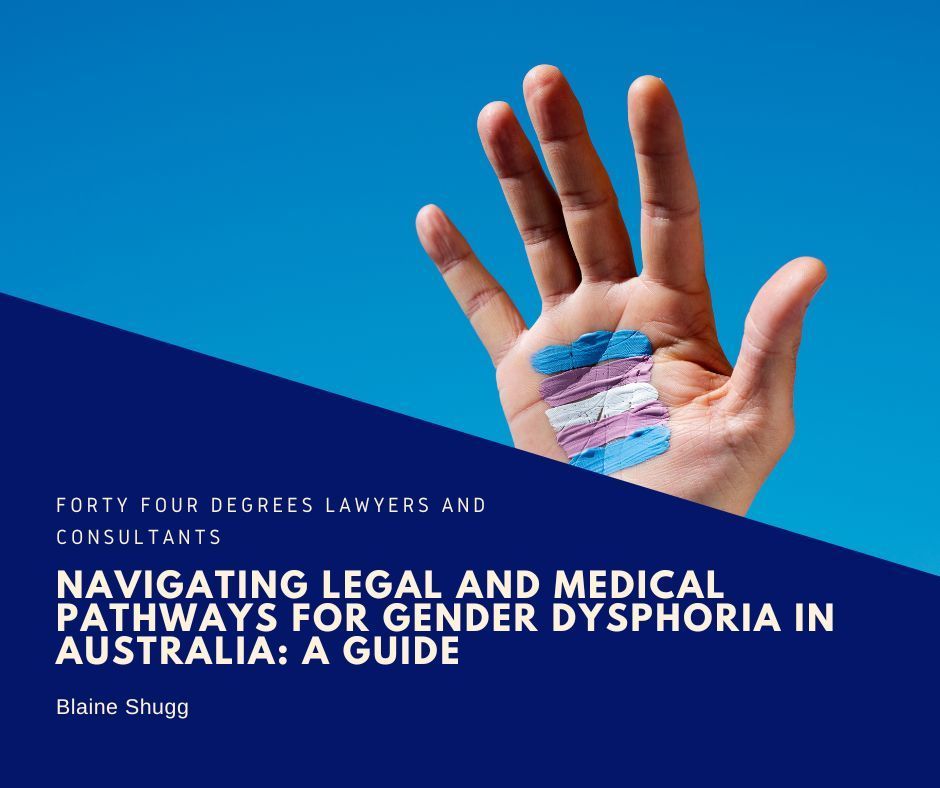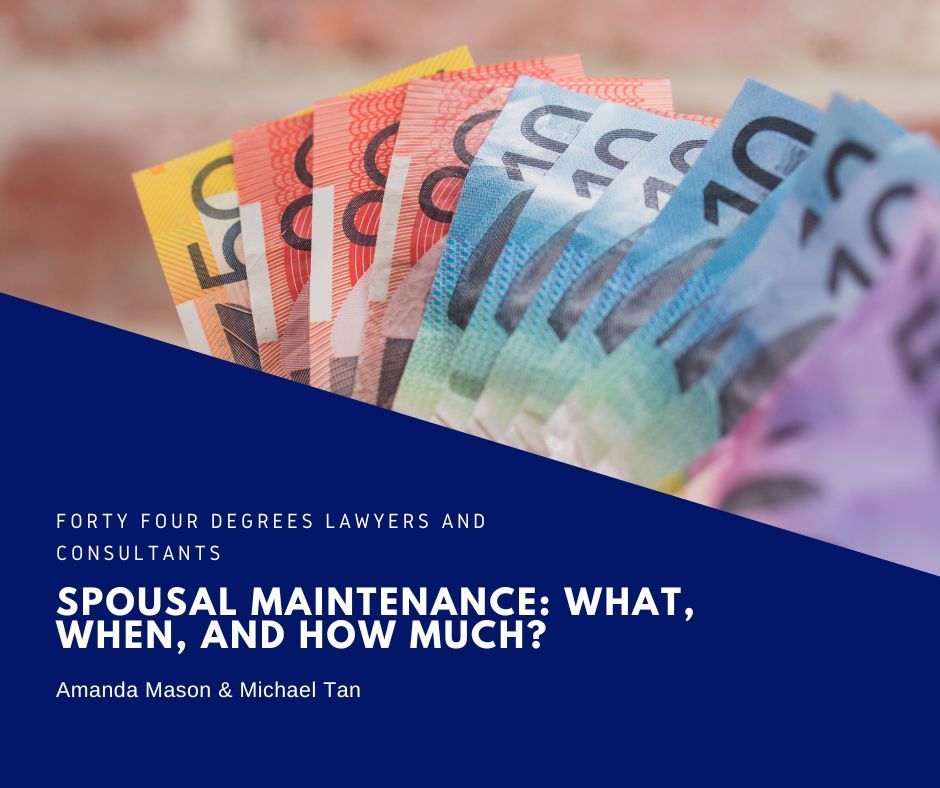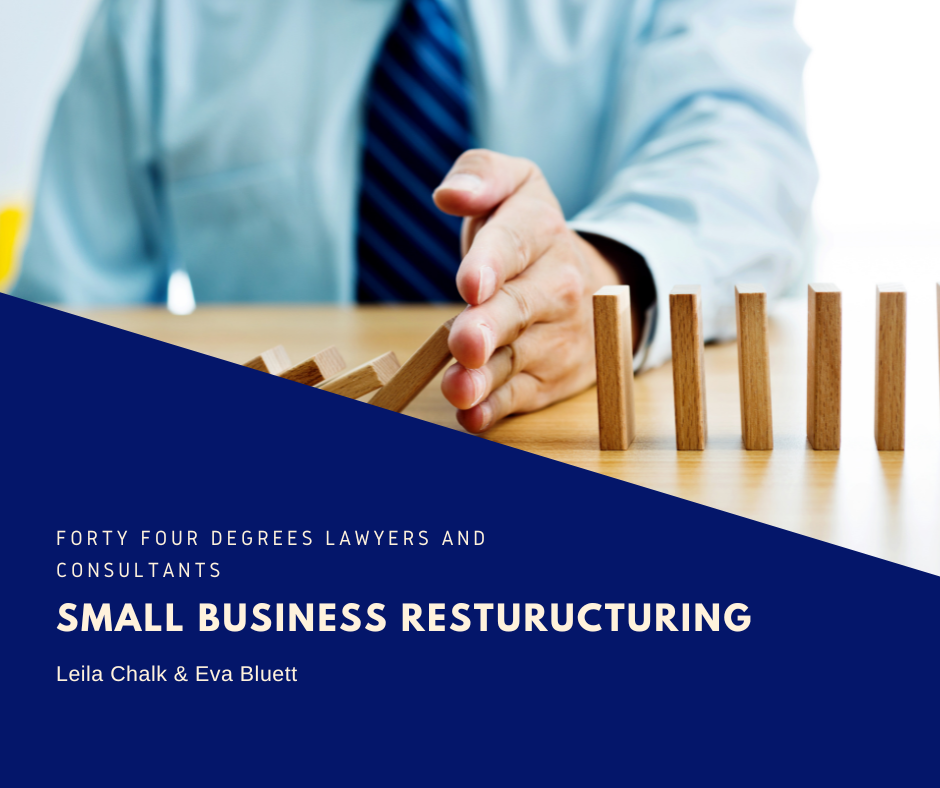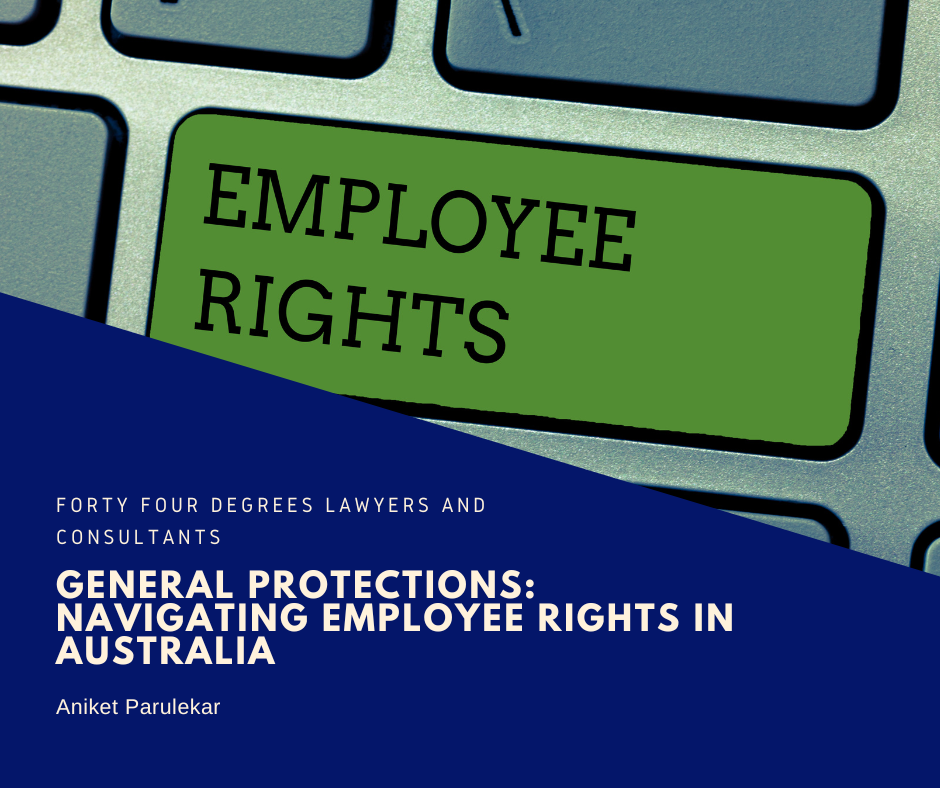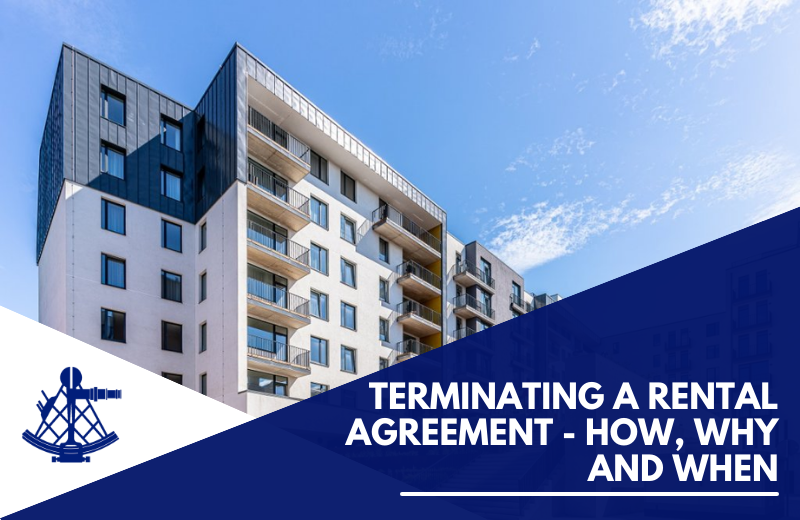Bankruptcy and Deceased Estates
Jamielle Mckinnon and Celine Bodera • Aug 09, 2021
Now what?

There is often confusion around insolvent deceased estates and what needs to be done to handle their affairs. This article explores the concepts of insolvency and bankruptcy in the context of deceased estates and summarises the key legislative provisions that apply.
Insolvency vs bankruptcy
Whilst the terms insolvency and bankruptcy are often used interchangeably, they have distinct meanings. Insolvency refers to situations where a debtor cannot pay their debts on time whereas bankruptcy refers to a legal process where an insolvent debtor is legally declared unable to pay their debts. Insolvency can, therefore, lead to bankruptcy.
When a debtor becomes bankrupt, a trustee is appointed to administer the estate of the debtor. This involves realising the assets of the estate (generally by way of liquidation) for distribution amongst creditors.
Deceased estates
Executors or administers of a deceased estate are tasks with administering the deceased estate. This involves paying the liabilities of the estate and distributing any remaining assets of the estate in accordance with a will or the rules of intestacy (if there is no will).
If an individual becomes insolvent on or around the time of their death, or their deceased estate subsequently becomes insolvent, the executor/administrator, or a creditor who is owed a debt by the deceased, can initiate bankruptcy proceedings.
Legislative provisions to note
Under section 244 of the Bankruptcy Act 1966 (Cth) (Bankruptcy Act), creditors can apply to bankrupt a deceased estate if a debt of not less than the statutory minimum:
- Was owed by the deceased at the time of their death;
- Is incurred by the legal personal representative of the deceased (executor/administrator of the estate); or
- Would have been owed by the deceased had they not died.
In 2020, due to the economic impact of the COVID-19 pandemic, the statutory minimum was increased from $5,000 to $20,000. Following changes implemented on 1 January 2021, the statutory minimum was lowered to $10,000. Where two or more creditors wish to apply to bankrupt a deceased estate jointly, the statutory minimum is $10,000 in the aggregate.
Under section 247 of the Bankruptcy Act, the executor/administrator of a deceased estate can apply to bankrupt an insolvent deceased estate (known as voluntary bankruptcy). To do so, at least one of the following conditions must be met:
- The deceased person, at the time of their death, was personally present or ordinarily resident in Australia;
- Had a dwelling house or place of business in Australia;
- Was carrying on business in Australia, either personally or by means of an agent or manager; or
- Was a member of a firm or partnership carrying on business in Australia by means of a partner or partners, or of an agent or manager.
Under section 39 of the Probate Act 1958 (Vic) (Probate Act), an insolvent deceased estate that is not being administered under the Bankruptcy Act (i.e. is not declared bankrupt) must nonetheless be carried out in accordance with the “bankruptcy rules” under the Bankruptcy Act.
However, administering a deceased estate under the Bankruptcy Act may be preferred as it can allow creditors access to certain assets that would otherwise not be accessible.
If you need legal advice in relation to the administration of an insolvent deceased estate, give us a call. If you have not read part 1 or 2 of our series on Will Dispute guides, then please read our
Wills & Estates FAQ and Probates – A Guide for Executors FAQ
Celine Bodera
is a lawyer at Forty Four Degrees and has a generalist practice. She works in areas of family law, property, wills and estates.
Contact Us
We’re an Australian Law Firm promoting a nuanced, personal touch. We have the skills you need to resolve your case quickly and with a positive outcome. Our straight talking team stays close to simplify what is most often a complicated process. We help individuals and businesses with technology and startup law, property law including conveyancing and leasing, commercial law, civil litigation, wills, estates, bankruptcy, insolvency, criminal law, and professionals facing investigations and charges from their regulatory body.
We have a connected network of talented lawyers in Melbourne CBD, Dandenong, Ballarat, and Ivanhoe East.
Fill out the form or call us on 1300 892 237.
Thank you for contacting us.
We will get back to you as soon as possible
We will get back to you as soon as possible
Oops, there was an error sending your message.
Please try again later or call us on 1300 892 237.
About Us
We do business your way.
203/ 50 Market St, Melbourne VIC 3000
50 Lydiard St South
Ballarat Central VIC 3350

